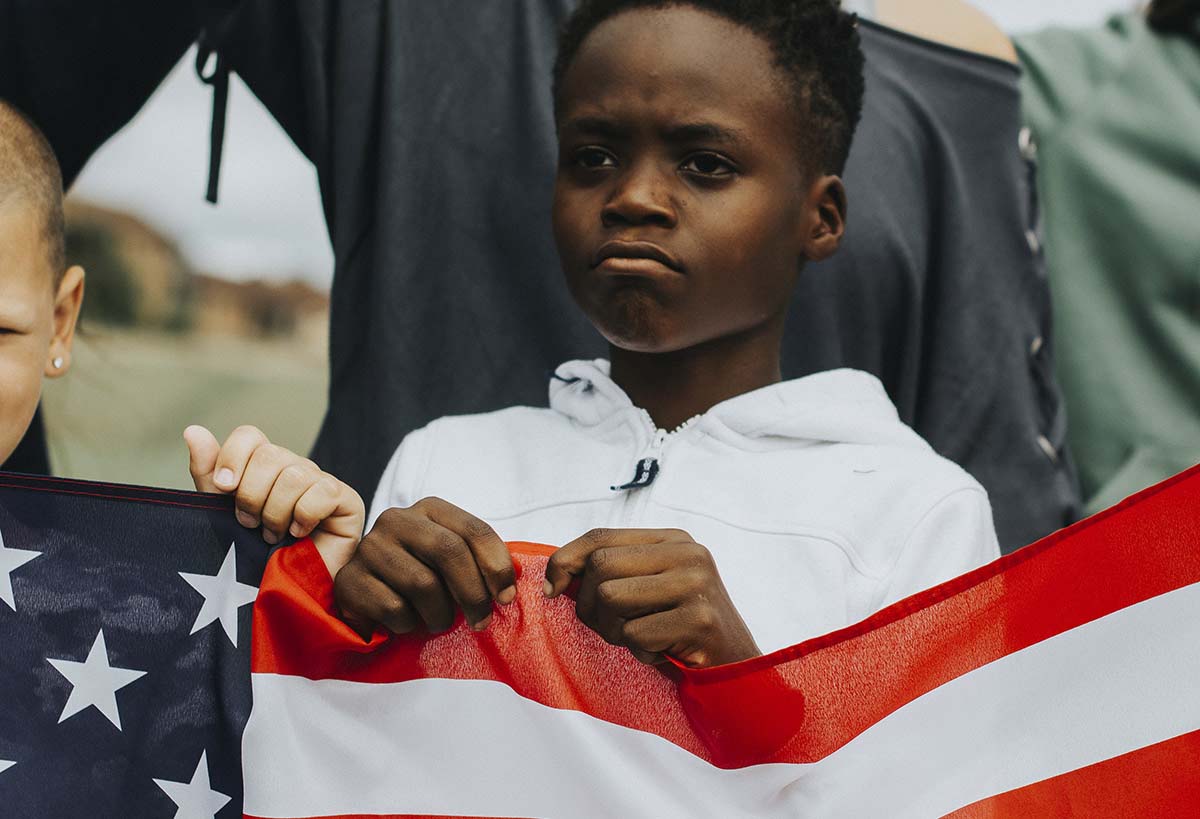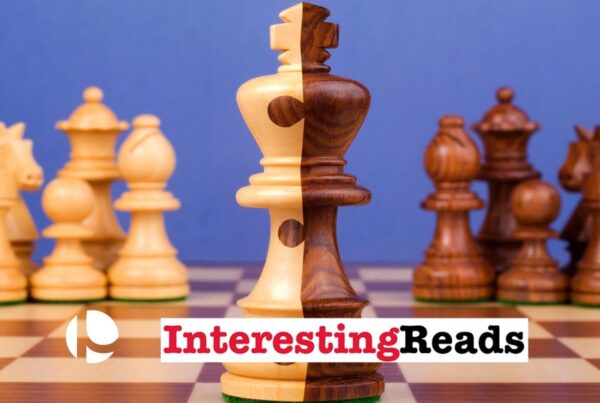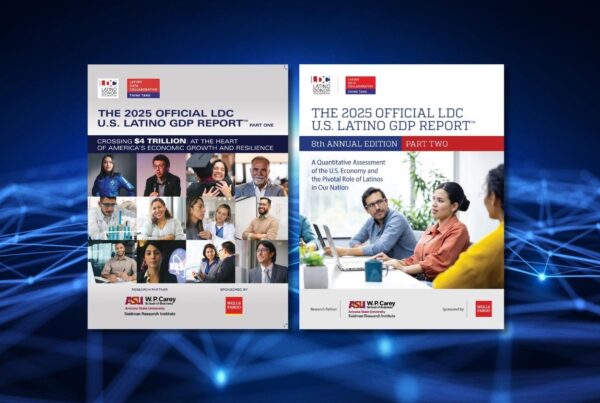By Mark Havenner
Every school day, millions of kids recite the Pledge of Allegiance while covering their hearts and looking up at the American flag. It is so ingrained in our society that, for many us, the pledge was the very first recitation we memorized.
But now, a civil rights movement of the likes we haven’t seen in more than 50 years is tumbling through every corner of the country, starkly revealing who truly gets liberty and justice in America, and who does not. Yet we still want our students to stand together and say that “all” people do.
We owe it to the next generation of America to honestly acknowledge the fact that every person has a different experience in this country and that we are not “all” together with the same rights and liberties. We need to do it now, and we need to start with the Pledge of Allegiance.
This American pledge began in 1892 and has since become a standard in classrooms throughout the country. Congress adopted it in 1942, and ratified its existing form in 1954 as follows:
“I pledge allegiance to the Flag of the United States of America, and to the Republic for which it stands, one Nation under God, indivisible, with liberty and justice for all.”

Most of us know it by heart, and it has served to instill patriotism at a very young age for generations of Americans. The pledge is not without its controversy. Most notably, the addition of “under God” in 1954 as a reaction to communism in America, led to various legal challenges and court cases as to whether or not children are required to recite the pledge.
Now here we are in 2020, looking down the barrel of needed systemic change. We can hold the Pledge of Allegiance up as a poignantly symbolic example of our country’s brutal willful ignorance. Ever since the birth of our country, we have waxed poetic about how we are unified. That we were all created equal. That we are all Americans. But generation upon generation of marginalized people in this country are not treated as equals and do not have the same treatment and privileges as everyone else.
The Black Lives Matter movement and the pandemic have both revealed to the mainstream that we are not all in this together. And while many voices cry that “all lives matter,” they dismiss the point. Not all lives are in jeopardy. Black lives are. LGBQT+ lives are. Women’s’ lives are.
We can no longer use the word “all” to describe the American experience, not until we have true equality. As a country, we can no longer assume that everyone gets the same liberty and justice. We need to stop grouping up all Americans into a single word that incorrectly places all people on the same level–or even in the same playing field.
The Pledge of Allegiance is the perfect place to start this change. The pledge communicates to children every day that unless they have the same experience as everyone else in society, they are not included in the word “all.” We need to stop including everyone in the same category. We need to acknowledge that we are individuals with different needs, experiences, and lives. And we need to accept the uncomfortable truth that not everyone is treated equally in this country.
As a point of interest, the original designer of the Pledge of Allegiance, Francis Bellamy, was a socialist and had intended on using equality in the pledge, but decided against it because the others on his committee did not want equality for Blacks or women.
We are highly invested in the education of our students throughout our schools. And yet, we should also be invested in the principles of the real American dream. We should embrace equality and acceptance of all Americans, no matter their race, gender identity, religion, economic background, or sexual preference. We should embrace an America of acceptance — one that lifts up the disenfranchised to ensure that every individual person has the same opportunities, the same liberties, the same rights, and the same justice.
Therefore, it is time to adopt a new Pledge of Allegiance based on the original, but updating it for the next generation.
“I pledge allegiance to the Flag of the United States of America, and to the Republic for which it stands, one Nation, indivisible, with liberty, justice, and equality for each and every person.”
Let’s embrace the intent of the pledge; let’s take a moment to pause and think about every person the flag represents, and let’s bring this to the next generation. We have the power to pivot and acknowledge the failings of the past so our students can rise up and forge a future to be proud of.






